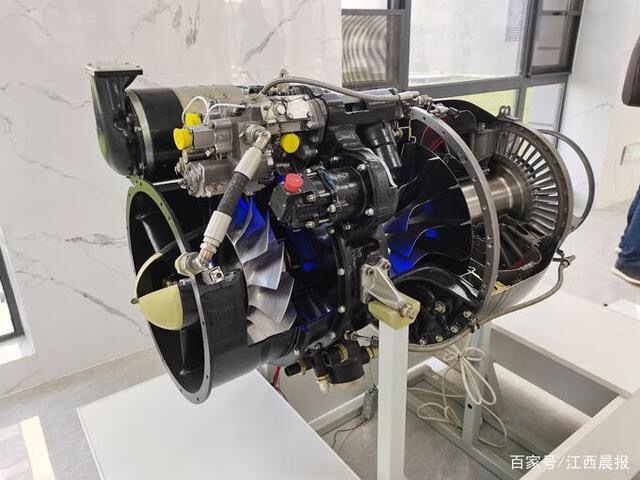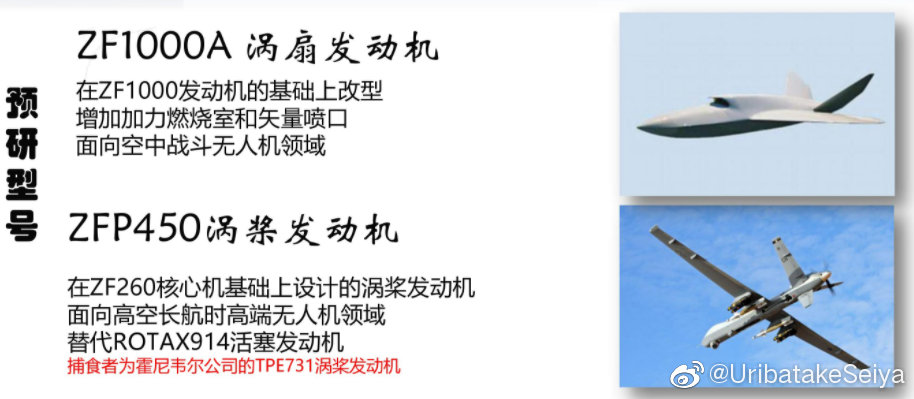Seems plausible - the blades clearly do not take advantage of 3D aerodynamic design to the extent that the CJ-1000A does, which is expected. Similar to the V2500 or CFM56-7B, which is again credible.
As for engine TWR, a great deal can be achieved by simplifying the architecture, that is to say reducing stage count. Compressor and turbine disks are pretty much the heaviest parts, so that helps a lot. A turbofan (as opposed to turbojet) cycle works against this by increasing complexity, generally most features that improve fuel consumption and durability come at a weight penalty.
Once exception is possibly turbine inlet temperature as that requires improved cooling or more exotic materials but also improves specific thrust (thrust per mass flow). Since mass flow relates to area, you get more net thrust without increasing the size of the engine and with clever engineering you might be able to make this benefit outpace the weight gain from better cooling.
20:1 for a turbofan that is supposed to last a few thousand hours is clearly an ambitious goal, but not totally unrealistic. Almost 60 years ago, short-life turbojets intended as lift engines for VTOL aircraft (where minimizing dead weight in cruise was paramount) were practically there already:
With the immense progress in materials and design since then I would not dismiss the possibility out of hand.




